gel stain on oak?
stevega
12 years ago
Featured Answer
Comments (19)
celticmoon
12 years agolast modified: 9 years agostevega
12 years agolast modified: 9 years agoRelated Professionals
Indian Creek Cabinets & Cabinetry · Vermillion Cabinets & Cabinetry · Mokena Carpenters · North Miami Beach Carpenters · Cincinnati Flooring Contractors · Randolph Flooring Contractors · Sarasota Flooring Contractors · Seymour Flooring Contractors · Wyomissing Flooring Contractors · Cocoa Flooring Contractors · Englewood Flooring Contractors · Washington Furniture & Accessories · Fair Lawn Furniture & Accessories · Naples Furniture & Accessories · Palmetto Bay Furniture & Accessoriespepperidge_farm
12 years agolast modified: 9 years agostevega
12 years agolast modified: 9 years agobrickeyee
12 years agolast modified: 9 years agobobismyuncle
12 years agolast modified: 9 years agobobismyuncle
12 years agolast modified: 9 years agostevega
12 years agolast modified: 9 years agocelticmoon
12 years agolast modified: 9 years agobrickeyee
12 years agolast modified: 9 years agopepperidge_farm
12 years agolast modified: 9 years agostevega
12 years agolast modified: 9 years agopepperidge_farm
11 years agolast modified: 9 years agoclpotts
11 years agolast modified: 9 years agopepperidge_farm
11 years agolast modified: 9 years agoshredbetty
11 years agolast modified: 9 years agogr8daygw
11 years agolast modified: 9 years agocatkin
11 years agolast modified: 9 years ago
Related Stories
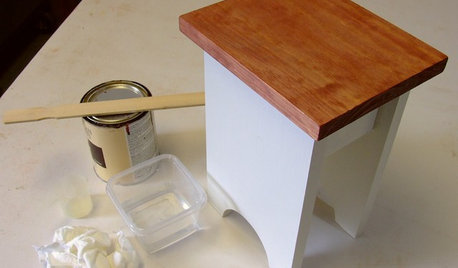
DIY PROJECTSCool Tip: Mimic Stain With a DIY Color Wash
Get the look of an oil-based stain without all the bother, using this easy wash made with paint
Full Story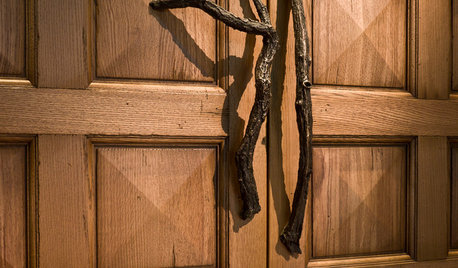
WOODWoodipedia: Make a Solid Choice With Oak
Forget those low-end products of old. Red and white oak today are beautiful, versatile and relatively inexpensive
Full Story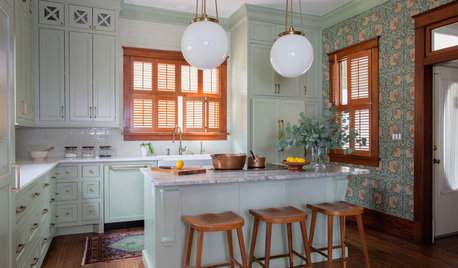
KITCHEN OF THE WEEKKitchen of the Week: Goodbye, Honey Oak — Hello, Minty Green
After more than 30 years, the Kloesels revamped their space to reflect their rural country town and Victorian-style home
Full Story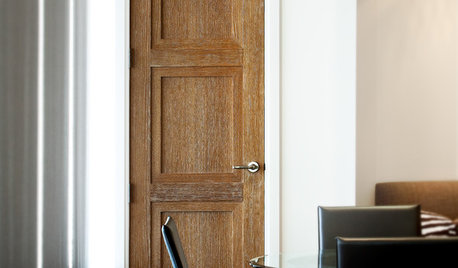
REMODELING GUIDESRenovation Material: Cerused Oak
This traditional material adds welcome texture to the sleek surfaces of modern furniture, cabinetry and more
Full Story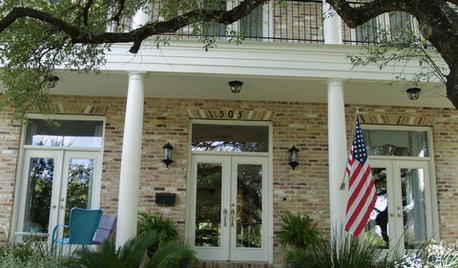
HOUZZ TOURSHouzz Tour: A New Home Honors a Historic Neighborhood
Stained glass, red oak floors and other traditional details give a newly built home in Texas an antique feel that fits right in
Full Story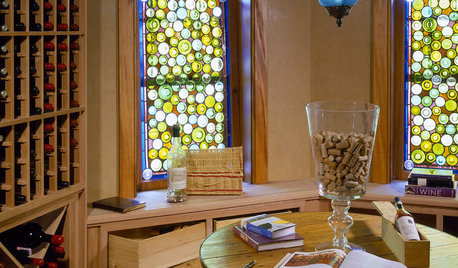
DECORATING GUIDESColor Your Home's View With Stained Glass
Interiors get an enchanting perspective with stained glass windows, doors and fixtures that dapple the light
Full Story
KITCHEN CABINETSKitchen Cabinet Color: Should You Paint or Stain?
Learn about durability, looks, cost and more for wooden cabinet finishes to make the right choice for your kitchen
Full Story
HOUSEKEEPINGHow to Clean Grout — Stains and All
If your grout is grossing you out, this deep-cleaning method will help it look new again
Full Story
HOUSEKEEPINGDon't Touch Another Stain Before You Read This
Even an innocent swipe with water may cause permanent damage. Here's what to know about how rugs and fabrics react
Full Story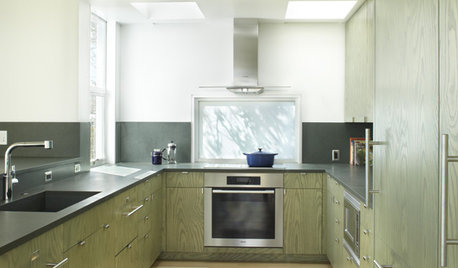
REMODELING GUIDESPro Finishing Secret: Aniline Dye for Wood
Deeper and richer than any stain, aniline dye gives wood stunningly deep color and a long-lasting finish
Full StoryMore Discussions






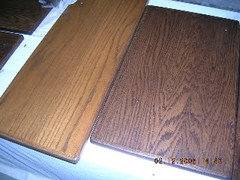
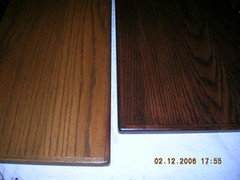





sombreuil_mongrel